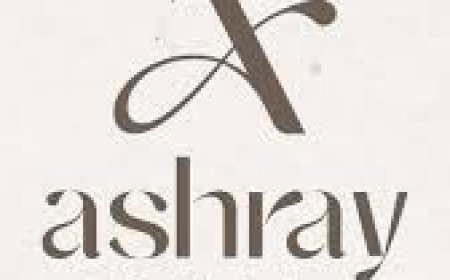Understanding Chord Progressions: A Key to Musical Mastery
At MusicPandit, we believe mastering this concept can unlock a whole new level of musical expression.

When learning music, especially as a beginner, one term youll frequently encounter is chord progression. Whether you're a singer, guitarist, pianist, or music producer, understanding chord progressions is fundamental to playing and creating music that sounds harmonious and emotionally powerful. At MusicPandit, we believe mastering this concept can unlock a whole new level of musical expression.
What Is a Chord Progression?
A chord progression is a sequence of chords played in a specific order. Chords are combinations of notes played together, and the way they are arranged over time gives a song its harmonic structure. Common chord progressions appear in almost every genre of musicfrom classical and jazz to pop and rock.
For example, a simple progression like C-G-Am-F (used in countless pop songs) gives a smooth, pleasing feel, while a progression like Dm-G-C-Am might sound more dramatic or melancholic. These patterns help musicians build tension, resolve emotions, and convey a story through sound.
Why Understanding Chord Progressions Matters
-
Improvisation and Composition:
When you understand chord progressions, you can easily improvise or compose music. You know which chords naturally lead into one another and how to create emotional movement within a song. -
Learning Songs Faster:
Most songs follow familiar chord structures. Recognizing these patterns allows you to learn new pieces more quickly and confidently. -
Musical Communication:
Whether you're jamming with a band or collaborating online, speaking the language of chord progressions helps musicians stay in sync and communicate ideas clearly.
Basic Elements of Chord Progressions
To fully grasp chord progressions, its helpful to understand a few key terms:
-
Key: The group of notes that form the foundation of a piece. For example, the key of C major uses the notes C, D, E, F, G, A, and B.
-
Scale Degrees: Chords are often built from the notes in a key and are labeled with Roman numerals (I, ii, iii, IV, V, vi, vii). In the key of C major:
-
I = C major
-
ii = D minor
-
iii = E minor
-
IV = F major
-
V = G major
-
vi = A minor
-
vii = B diminished
-
Understanding these relationships helps you build and recognize chord progressions easily.
Popular Chord Progressions
Some common progressions youll hear everywhere include:
-
IVviIV: CGAmF (used in songs like Let It Be by The Beatles)
-
iiVI: DmGC (a jazz staple)
-
IIVVI: CFGC (classic in blues and rock)
By practicing these patterns in different keys, you'll strengthen your musical intuition.
Tips to Master Chord Progressions
-
Listen Actively:
Try to identify chord changes in songs. Apps and websites like Chordify or Ultimate Guitar can help you verify your guesses. -
Practice in All Keys:
Start with familiar keys like C major or G major, then gradually explore others. -
Use a Piano or Guitar:
Physically playing chords helps reinforce the theory. -
Experiment with Variations:
Try substituting chords or changing the order to create new moods. -
Join Music Classes:
Structured learning at MusicPandit can help you understand and apply chord progressions effectively, whether through online lessons or guided music theory courses.
Learn with MusicPandit
At MusicPandit, we simplify music learning for all levels. Our expert instructors focus on building a strong foundation in theory, technique, and creativity. Whether youre interested in Western music, Indian classical, or modern songwriting, understanding chord progressions is central to your growth.
Conclusion
Mastering chord progressions is one of the most valuable skills you can develop as a musician. It enhances your ability to learn songs, write original music, and communicate musically. At MusicPandit, were here to guide you every step of the way on your musical journey. So, start exploring the world of chords and let your music flow!









































